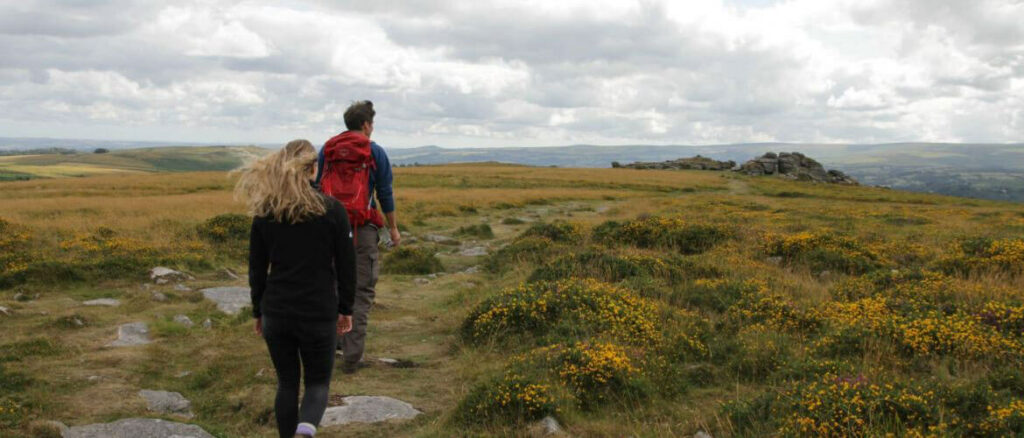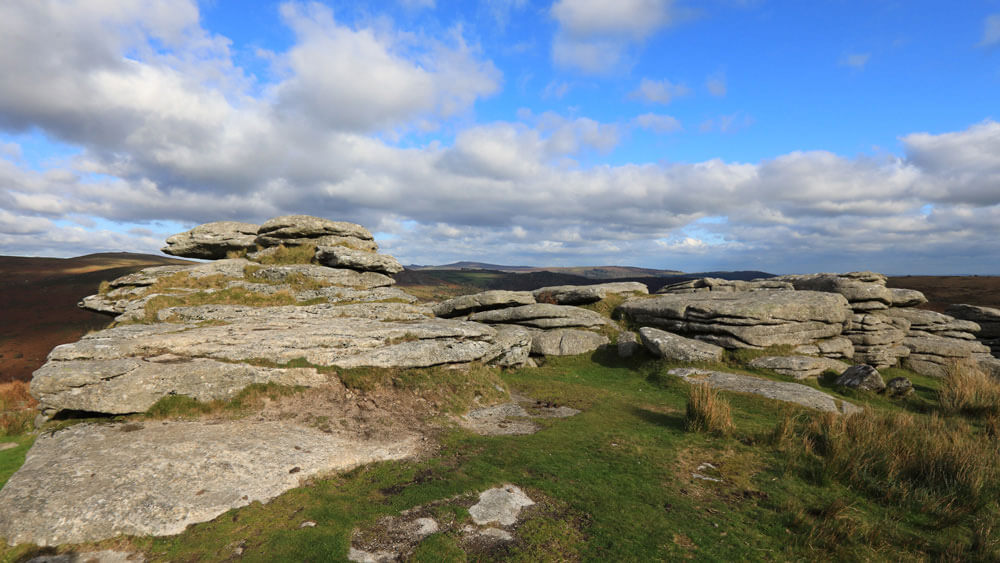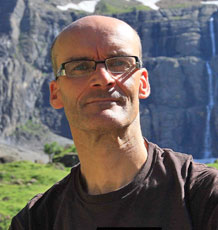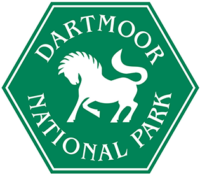Project team
Why it matters
Dartmoor National Park is a unique landscape of vital conservation importance and rich in wildlife, history and culture. In addition to conserving and enhancing everything considered special about the Park, the core work of DNPA is to balance the needs of Dartmoor’s residents, businesses and visitors, and to foster the economic and social well-being of local communities.
Delivering on these goals is an increasing challenge in the face of rising visitor numbers driven by population growth and new housing developments. The number of people living in and around Dartmoor is set to increase by 13% over the next 25 years (from 2018 to 2039), with day visits by local residents projected to rise by 10% to nearly 8 million in 2039. With this backdrop of uncertainty and change, DNPA is keen to explore new ways to manage and monitor its park.

Partners
We know that there are significant health and well-being benefits when people spend recreation time on Dartmoor but continuing to provide a growing population with easy access to the National Park can be a challenge.
Ally Kohler, Dartmoor National Park Authority
What we did
The team applied a Natural Capital Approach to identify areas of potential conflict and mitigation measures. This improved on previous DNPA methods for predicting future recreation growth (which were less focussed and based on a large number of assumptions).
Key wildlife hotspots were mapped and the information was combined with data from the ORVal model. ORVal is a sophisticated tool for modelling recreational demand on outdoor green spaces. It was able to project how population growth in areas surrounding the Park would affect visitor numbers and footfall rates in specific areas over the 25 years to 2039.
Utilising DNPA’s local expertise, the team calibrated ORVal to enable spatial predictions of changes in footfall over the coming decades. They developed projections of how this would impact footpath erosion and wildlife, and were able to quantify the welfare values and health benefits derived from recreational visits.
The research revealed that each year Dartmoor provides an estimated £25.6m of welfare benefits to residents of neighbouring Local Authority Districts, and this was expected to increase by £2.5m by 2039.
Impacts & benefits
- Informed DNPA plans and policies: Findings formed part of the evidence-base within both the Dartmoor Local Plan 2018-2036 and National Park Management Plan 2020-2025 through the Habitats Regulations Assessment which was used to assess the potential impacts of increased population and recreational pressures on designated nature conservation sites.
- Contributed to decision-making, funding bids, saving money and adding value: Findings are regularly used by project managers to: (i) inform DNPA visitor management practices; (ii) in local planning discussions with neighbouring authorities around the need for funding to contribute to mitigation as a consequence of increased growth in recreation and; (iii) to support new DNPA funding applications (eg to the Heritage Fund) and its partner organisations (including the Environment Agency) aimed at mitigating the effects of increased recreation growth. SWEEP was able to save DNPA money, through providing expertise and resource that DNPA lacked in-house, and bring additional value by improving on previous DNPA methods for predicting future recreation growth.
- Developed understandings and thinking around population futures and ‘welfare valuation’: The work has challenged perceptions and attitudes of the DNPA and its wider stakeholders around the impact of increasing footfall pressures and the Park’s future survival as a ‘wild place’;DNPA staff have an increased understanding and confidence in talking about the benefits, impacts and possible mitigation measures of various recreation futures.
The recreational futures work provided a very strong evidence base that influenced the management plan, helped us look at recreation management and zoning, and some of the future actions that we’d like to take.
Clare Reid/Ally Kohler, Dartmoor National Park Authority
Looking to the future
It is anticipated that further dissemination of this recreational futures work may lead to it potentially being adopted as a methodology for National Parks further afield, both regionally in the South West and nationally.






